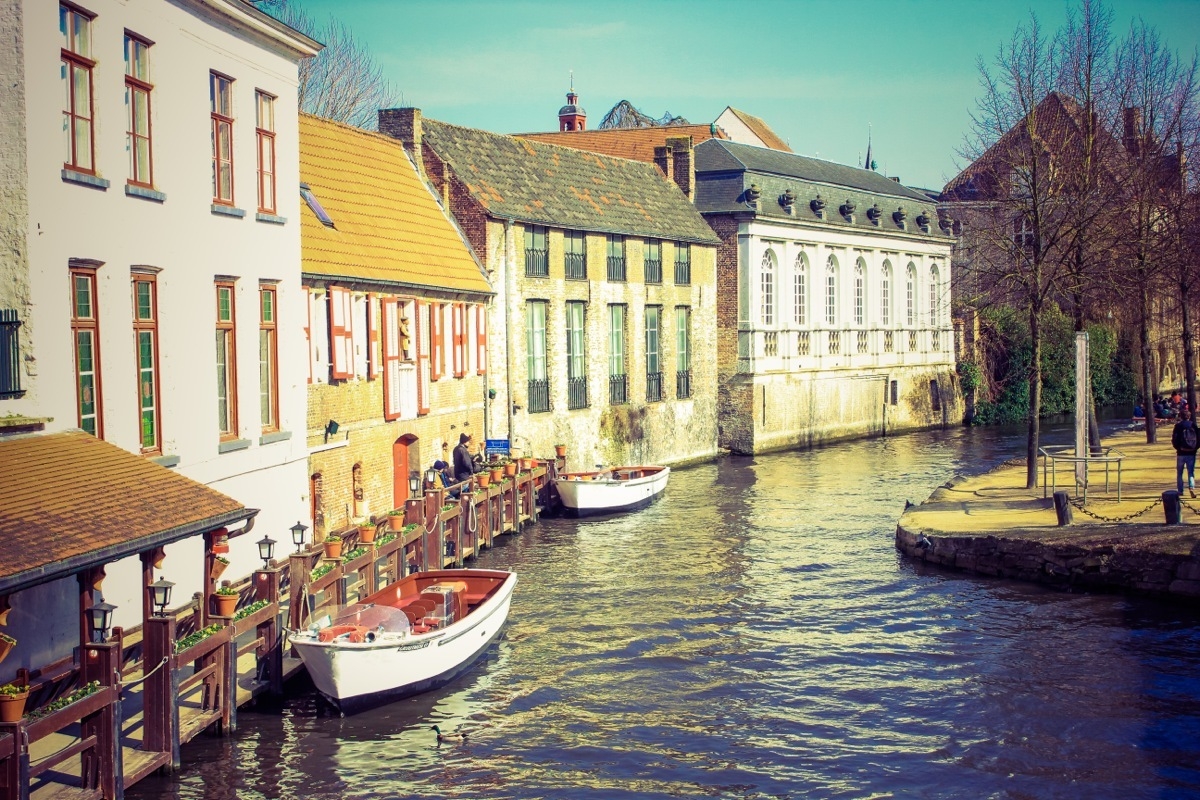
Robert Bellah and his colleagues write about new forms of com munity that are to be found in the United States. In the modem world that we are leaving behind, men, women and children lived in small, geographically contained communities (villages, towns, small cities). According to Bellah, we now find the postmodern community in “lifestyle enclaves.” These enclaves are constituted of people who usually don’t live near each other (except in the case of enclaves that are age-related, such as singles-oriented con dos or retirement communities). Rather, members of the enclave share something that brings them together frequently or on occasion. These lifestyle enclaves may be found in Porsche-owner clubs or among those who regularly attend specific sporting events. They are also found among churchgoers and those who attend fashion able nightclubs. Regardless of the type of enclave that someone chooses, this enclave contributes to the diversity and ultimately the unpredictability of the larger social system of which the enclave’s participants are members.
Interlocking Systems
Physical scientists have suggested several different labels for the diverse-diverging, interlocking and unpredictable-systems that Drucker and many postmodernists describe. Physical scientists would consider these systems to be chaotic. They are justifiably identified as chaotic because behavior inside each system and between systems is neither predictable nor readily described. In recent years, however, the term chaotic has been reserved for systems that are much less coherent and structured than the world political/economic system described by Drucker and the postmodernists. The three-sphere world of Peter Drucker is more accurately identified as a complex or turbulent system in which domains of order (the dynamics operating within any one of the three spheres) are intermixed with domains of chaos (the dynamics operating between the three spheres). Highly complex systems are perhaps even more difficult to comprehend than chaotic systems, given that they seduce us with moments of rationality and clarity only to dart away into other moments of insanity and con fusion, when their orderly subsystems collide with each other.
This recognition of complexity in the contemporary world system—and the accompanying interplay between globalization and segmentalization—is perhaps most vividly represented in the attempts that have been made over the past four decades to create accurate computer-models of the economic, political and environmental dynamics of our world. Many of the high powered computer-models of our world (the models developed by Jay Forrester and his colleagues at M.I.T and Dartmouth College) have been highly successful in predicting and describing the general trends in our postmodern world. They have not been very successful, however, when it comes to predicting the precise impact of global events (such as the availability of food or temperature changes) on specific geographic regions or societies in the world. Global computer-based models have now generally been replaced by models that acknowledge broad worldwide dynamics, while also recognizing that each of these dynamics plays out somewhat differently and at a different rate in each of several geographic regions of the world. While Forrester and his colleagues (notably Donella and Dennis Meadows) attempted to build a unified, world-based model of various ecological dynamics, Mesarovic and Pestel described and modeled a world in which subsystems offer their own distinctive, self-organizing dynamics.






